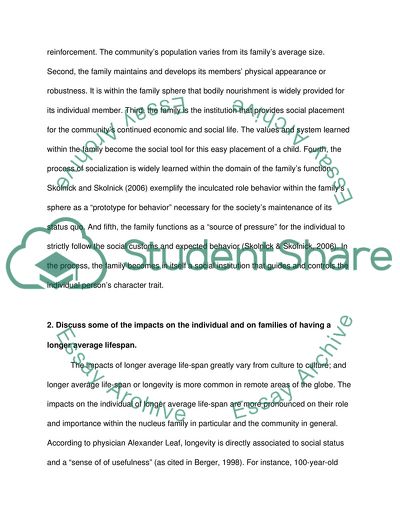Cite this document
(On Families: Myths, Life-Span, Models, and Skolnick Assignment, n.d.)
On Families: Myths, Life-Span, Models, and Skolnick Assignment. https://studentshare.org/psychology/1742186-families
On Families: Myths, Life-Span, Models, and Skolnick Assignment. https://studentshare.org/psychology/1742186-families
(On Families: Myths, Life-Span, Models, and Skolnick Assignment)
On Families: Myths, Life-Span, Models, and Skolnick Assignment. https://studentshare.org/psychology/1742186-families.
On Families: Myths, Life-Span, Models, and Skolnick Assignment. https://studentshare.org/psychology/1742186-families.
“On Families: Myths, Life-Span, Models, and Skolnick Assignment”. https://studentshare.org/psychology/1742186-families.


